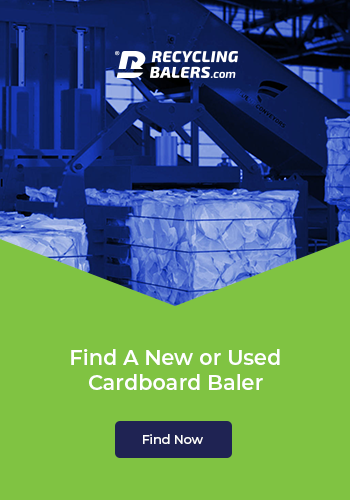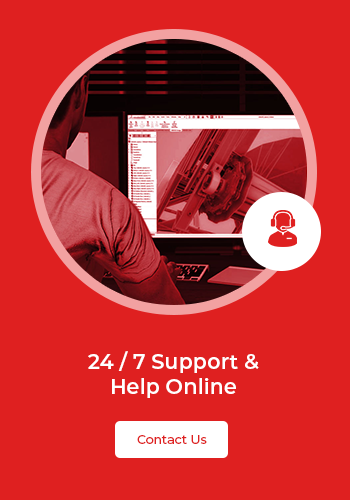The Best Types of Conveyors to Prevent Contamination
Contamination prevention is an essential part of manufacturing, and countless other industries for that matter, so it’s important for companies to make sure that they’re using the right equipment for the job.
When it comes to conveyors (the underrated workhorses of the factory world), failing to successfully manage your contamination prevention can spell disaster for your products and materials.
Conveyors perform a critical function in the production line, but they don’t just need to be efficient at moving products from A to B; they need to do so without compromising the integrity of the material.
This is an extremely important aspect of manufacturing to watch out for, particularly if you’re working in the food processing industry.
If you want to find out more, it’s worth checking out the best types of conveyors used to prevent contamination.
Tubular Drag Conveyors
While an open conveyor system certainly has many of its own unique benefits, they can require consistent cleaning, resulting in a whole lot of tedium and underutilized time.
A closed conveyor system like a tubular drag conveyor is a highly popular alternative found in many food plants all over the world, as it provides the materials with a dust-free environment to gently travel through, minimizing the odds of external contamination.
Contamination from dust is a huge issue in material handling, so the opportunity to combat this with ease is a welcome prospect for many manufacturers. Food products are incredibly susceptible to this kind of contamination if they aren’t handled properly.
The enclosed types of conveyors, while presenting a more hygienic design in general, can also prevent product shrinkage, thus saving manufacturers money and helping them keep the final quality up to the highest possible standard.
Classic Belt Conveyors
Belt conveyors can be enclosed fairly easily in order to protect against potential airborne contamination, and they often need to play a key role as part of a wider system.
Different types of conveyor belt can be installed on a traditional conveyor, too, like a food-grade conveyor belt or a heavy-duty one for high-impact materials and setups.
They are easily customizable and widely utilized across many industries because of their accessibility, but unfortunately, they can be fairly difficult to clean, and that’s not great for anyone who’s trying to prevent contamination.
You may want to check out the wide range of belts from Fluent Conveyors to get an idea of the versatility on offer.
Flexible Conveyors
When a fixed system won’t quite work, or you only need a short-term solution, a flexible conveyor can be the perfect addition to the factory floor.
The immense flexibility allows for quick disassembly and cleaning, preventing the need to rearrange your fixed system and cause contamination in the process.
Modern iterations of flexible conveyors are highly versatile and require very little maintenance, a huge benefit of the stainless-steel chasse they tend to boast.
When it comes to preventing contamination, the conveyor system can only do so much, and while that is a great deal, much of the responsibility falls on the shoulders of the workers.



